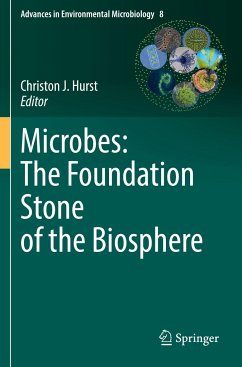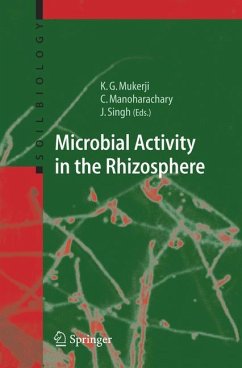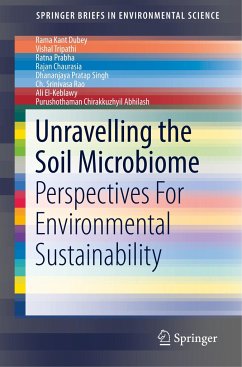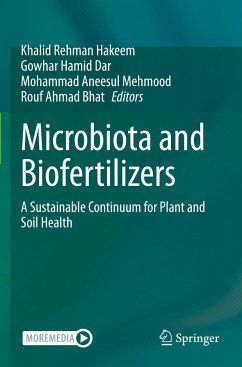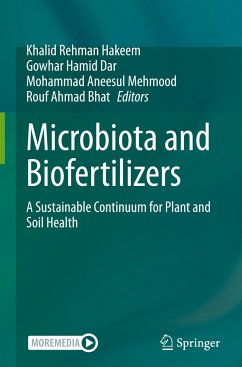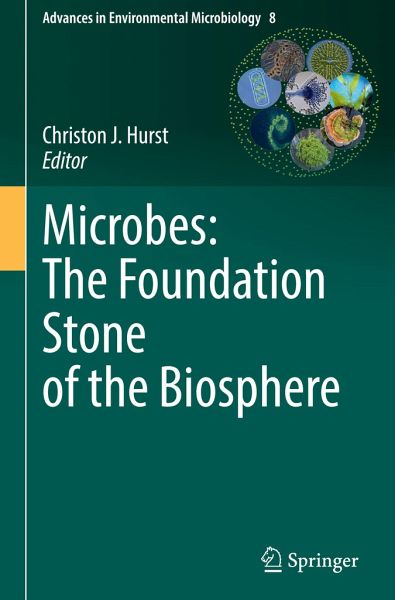
Microbes: The Foundation Stone of the Biosphere

PAYBACK Punkte
65 °P sammeln!
This collection of essays discusses fascinating aspects of the concept that microbes are at the root of all ecosystems. The content is divided into seven parts, the first of those emphasizes that microbes not only were the starting point, but sustain the rest of the biosphere and shows how life evolves through a perpetual struggle for habitats and niches. Part II explains the ways in which microbial life persists in some of the most extreme environments, while Part III presents our understanding of the core aspects of microbial metabolism. Part IV examines the duality of the microbial world, a...
This collection of essays discusses fascinating aspects of the concept that microbes are at the root of all ecosystems. The content is divided into seven parts, the first of those emphasizes that microbes not only were the starting point, but sustain the rest of the biosphere and shows how life evolves through a perpetual struggle for habitats and niches. Part II explains the ways in which microbial life persists in some of the most extreme environments, while Part III presents our understanding of the core aspects of microbial metabolism. Part IV examines the duality of the microbial world, acknowledging that life exists as a balance between certain processes that we perceive as being environmentally supportive and others that seem environmentally destructive. In turn, Part V discusses basic aspects of microbial symbioses, including interactions with other microorganisms, plants and animals. The concept of microbial symbiosis as a driving force in evolution is covered in Part VI. In closing, Part VII explores the adventure of microbiological research, including some reminiscences from and perspectives on the lives and careers of microbe hunters.
Given its mixture of science and philosophy, the book will appeal to scientists and advanced students of microbiology, evolution and ecology alike.
Given its mixture of science and philosophy, the book will appeal to scientists and advanced students of microbiology, evolution and ecology alike.





